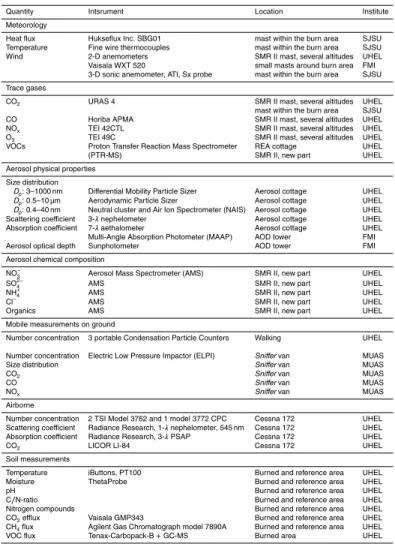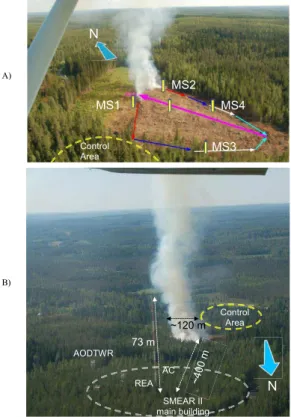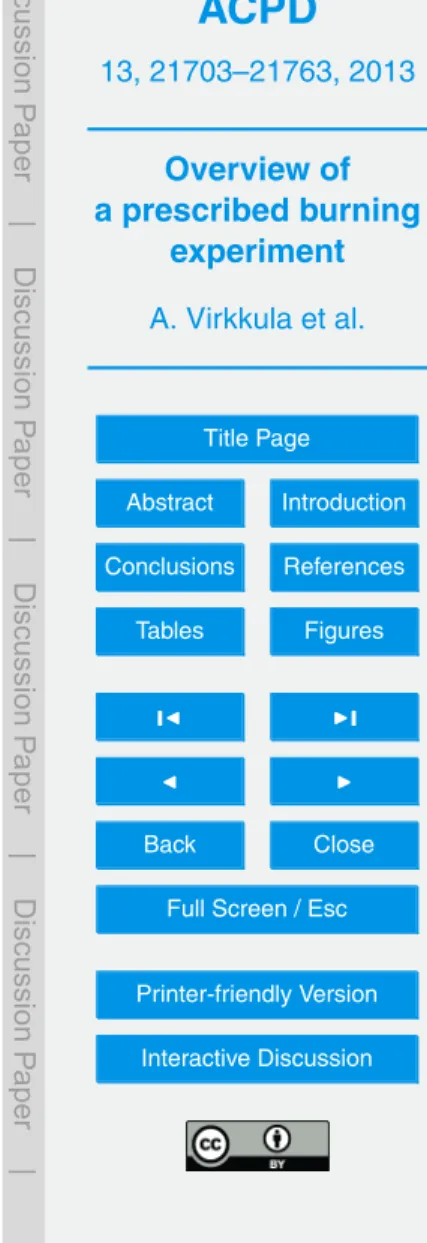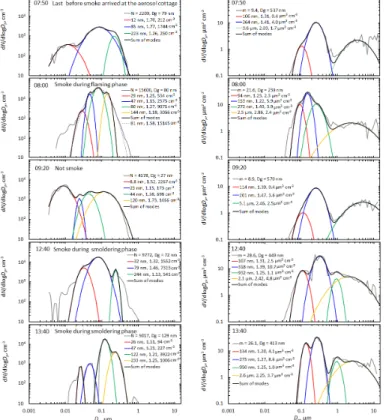Overview of a prescribed burning experiment within a boreal forest in Finland
Texto
Imagem




Documentos relacionados
O., and Pöschl, U.: Biomass burning aerosol emissions from vegetation fires: particle number and mass emission factors and size distributions, Atmos. W.: Properties and evolution
The modelled campaign- mean total particle number concentration is within a factor of 2 of the PCASP observations in the model-defined size range of coated BC particles, which is
H.: Variation of particle number size distributions and chemical compositions at the urban and downwind regional sites in the Pearl River Delta during summertime pollution
The Antarctic near-coastal sub-micrometre aerosol particle features in summer were characterised based on measured data on aerosol hygroscopicity, size distributions, volatility
The ambient cut-off sizes of the WCPC and UWCPC dur- ing particle formation episodes were determined by compar- ing the CPCB data to the size distributions measured by the DMPS
ume distributions were calculated from the number size distributions assuming particle sphericity following Seinfeld and Pandis (2006). Figure 3 shows example histograms of the
Relationships between particle number size distributions and air mass origin or source apportionment were explored in order to answer the following questions: (1) how can one
ment with FLEXPART mass size distributions, within the model expected uncertainties: both the experimentally deter- mined and the FLEXPART size distributions reveal the sig-





